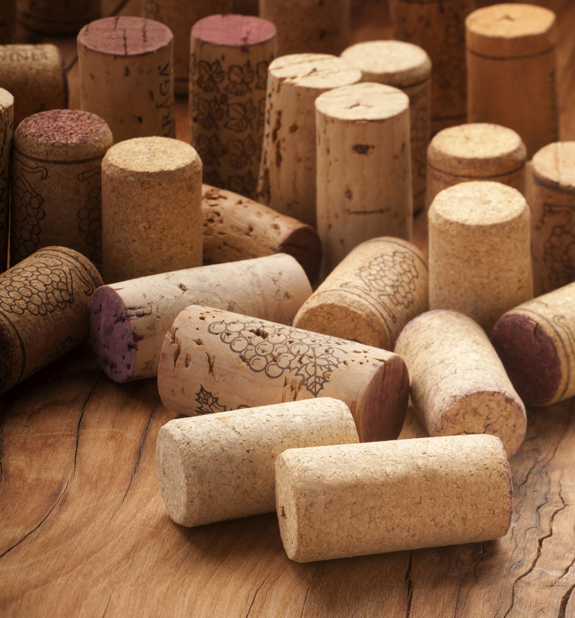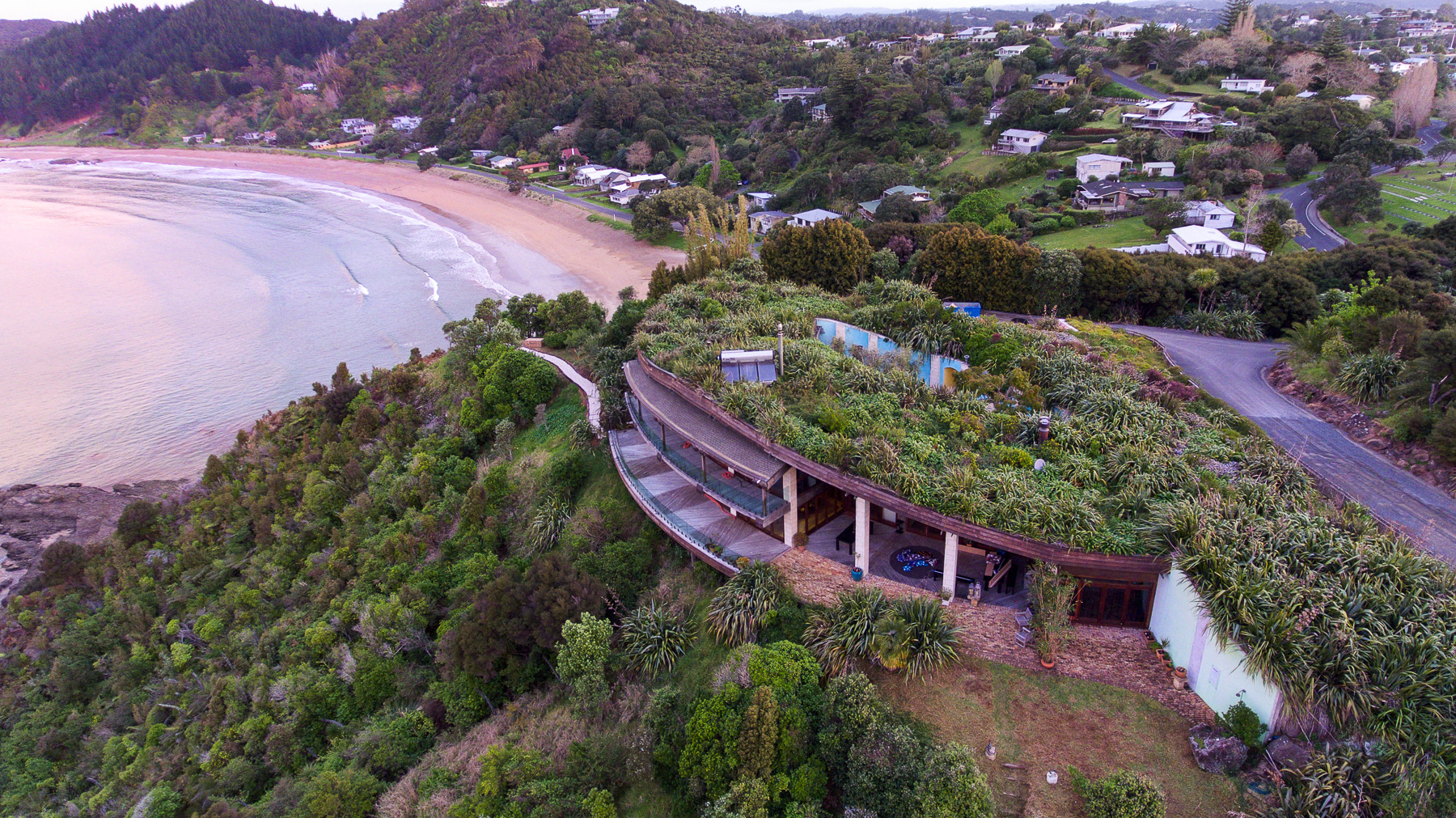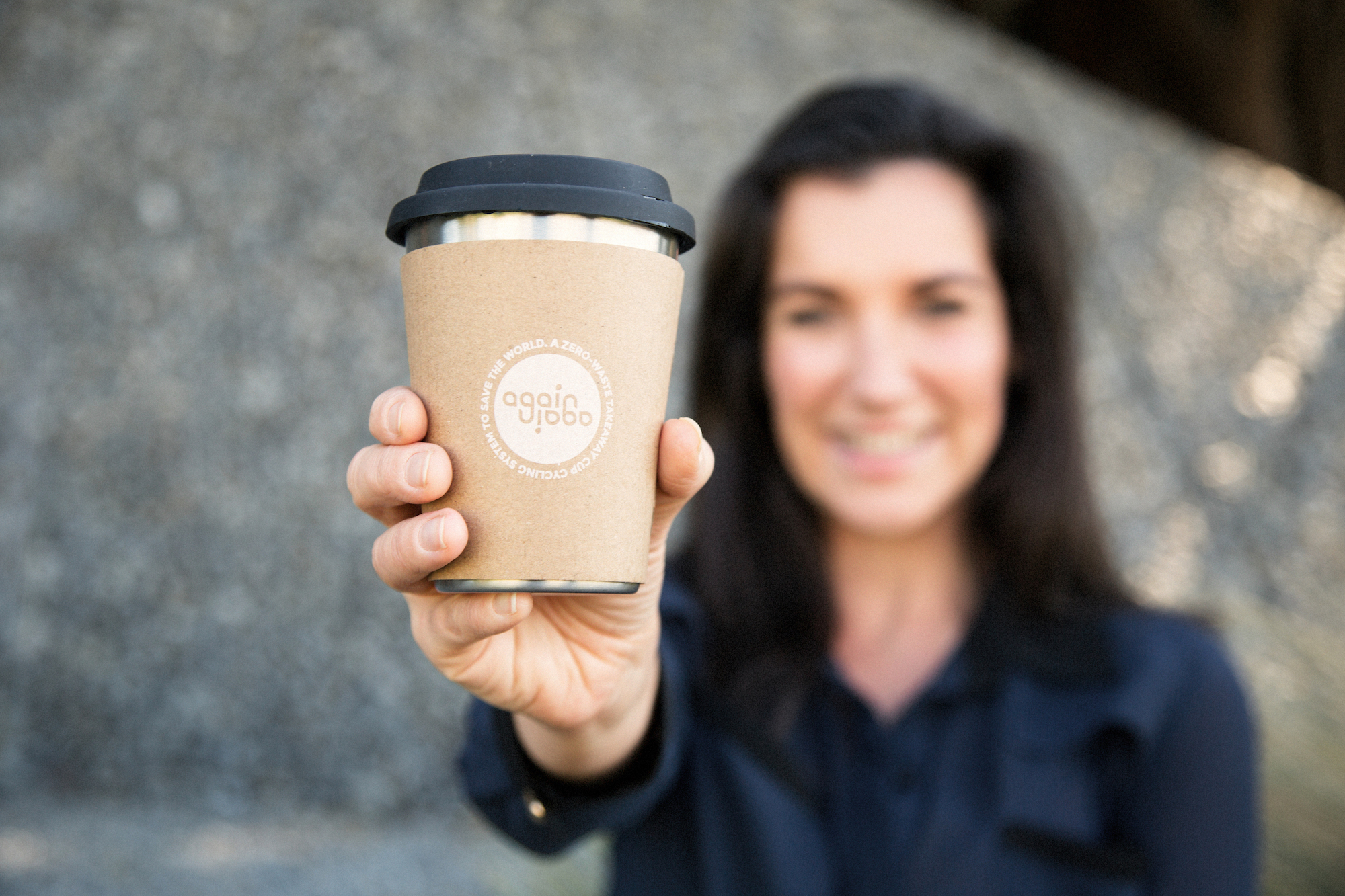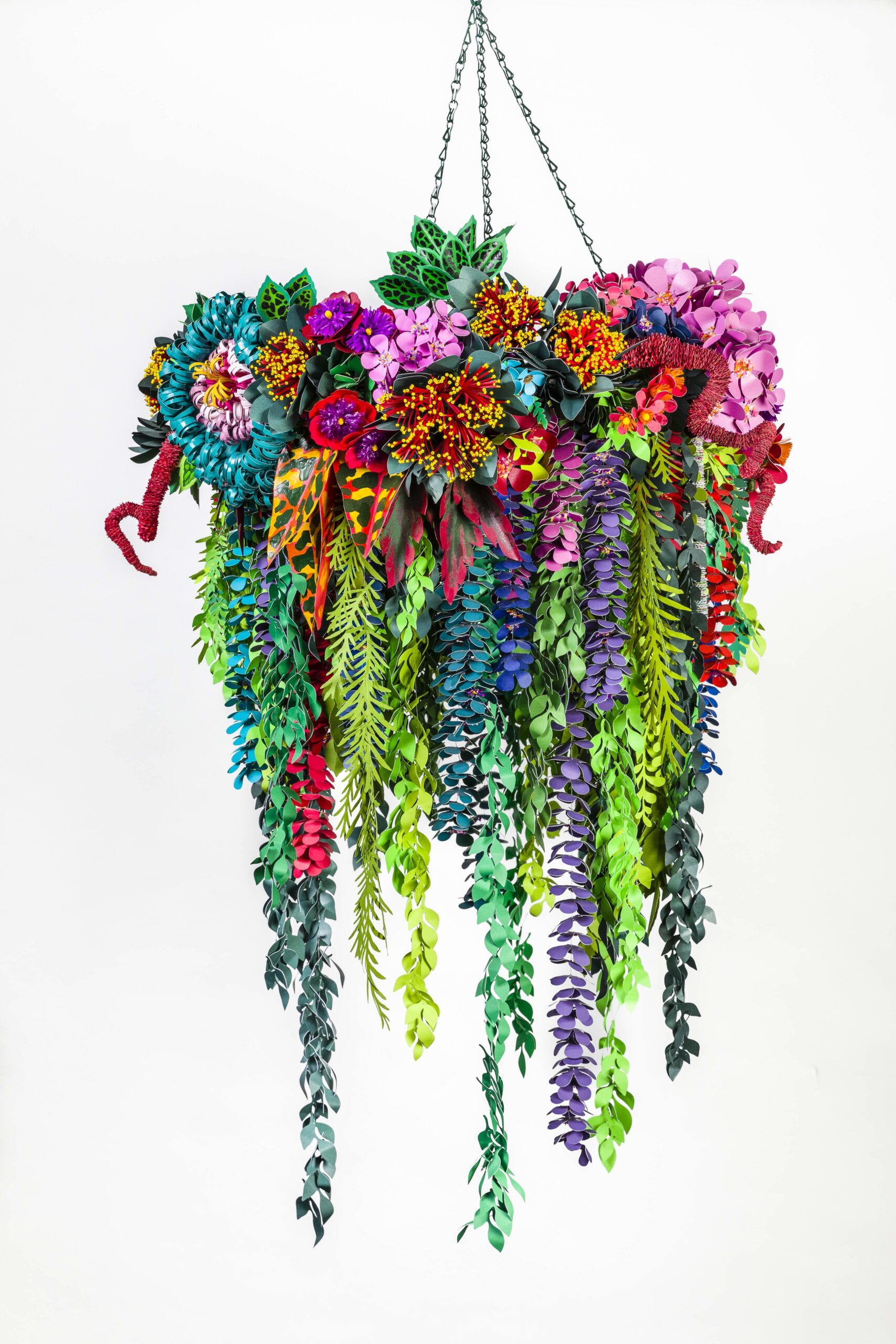New Zealand’s wine industry is celebrated for its innovation – as well as its winemakers who are as passionate about winemaking as they are about maintaining the wellbeing of the land
I call it bottle shop paralysis. It’s not what happens when you drink an extra glass of wine with dinner and end up flopped in front of terrible television for the night – that comes later. It happens pre-purchase, the minutes spent staring blankly at shelf upon shelf of near-identical wine bottles, with only the foggiest notion of which variety might be best suited to the evening’s meal, let alone which bottle to actually buy.

There are a few methods most of us rely upon to narrow our choices when suffering from bottle shop paralysis. Memory: a label, a name that evokes hazy recollections of pleasant dinners past. Proximity: when in Wellington, drink from Martinborough. Deferring to the experts: a shiny gold sticker, a torn-out magazine mention. And my favourite: hunting down the bottle with the biggest discount. But there’s another way to deal with the overwhelming array of choice, and that’s to go eco.
New Zealand leads the world with its innovative techniques for environmentally friendly winemaking. It’s always good to choose a local wine – the bottle hasn’t travelled from half a world away, and you’re supporting our local wine industry, which has weathered a tough last couple of years. On top of that, many of our winemakers are also working hard to reduce their environmental impact.
In the bad old days of the 1980s, winemaking in New Zealand was about quantity, not quality. Vineyard owners operated just like other crop farmers: pesticides, herbicides and fungicides were thrown around liberally so their plants would produce vast quantities of fruit. These days that’s called ‘overcropping’ and we know it results in lower-quality grapes – and lower-quality wine.
In search of more flavoursome grapes, winemakers started looking for healthier ways to manage their vines and look after their land, and a ‘less is more’ approach slowly took hold of our wine industry.
Sustainable winegrowing
The sustainable approach has been a huge success, with wine exports growing from $200 million to over $1 billion between 2000 and 2010. These days it’s actually pretty tough to find a New Zealand winemaker that isn’t making an effort to improve its sustainability.
A whopping 95 percent of our country’s vineyard area now participates in the Sustainable Winegrowing New Zealand (SWNZ) programme, an industry-run scheme that provides environmental and economic targets and benchmarks for our vineyards and wineries. Members of SWNZ are encouraged to reduce their waste, energy and water use, use fewer and safer pesticides and herbicides, and improve awareness of biodiversity and their carbon footprint.
If you want to support smarter winemaking, choosing a bottle that sports the SWNZ logo is a good place to start – but it’s sort of the industry’s ‘least you can do’ option, now that participation in the scheme is practically compulsory. (Since the 2010 vintage only member vineyards and wineries can take part in key industry events, such as the Air New Zealand Wine Awards).
An analysis from Lincoln University last year found that almost half the New Zealand wineries it surveyed participated in an additional environmental management system, such as organic certification. The wineries that implemented an ‘extra’ scheme were found to have significantly better environmental performance than those that had solely implemented SWNZ.

Organic or biodynamic
If you want to choose a really eco-friendly wine, you’ll have to dig a little deeper – such as looking for a wine produced under organic or biodynamic conditions. Only around five percent of New Zealand’s vineyard area (about 150 vineyards) is currently producing under certified organic programmes, estimates industry body NZ Winegrowers, although it predicts this will grow to an impressive 20 percent by 2020. And there are only six vineyards with full biodynamic certification from Demeter, the only certifying body.
To find a certified organic wine, look for the BioGro, AsureQuality or OrganicFarmNZ logo on the bottle. These wines are made from grapes grown as naturally as possible, without agrichemicals such as herbicides and pesticides, and processed according to similarly strict organic criteria. The theory is that “what’s in the ground dictates what’s in the plants, which dictates what’s in the wine”, says Yvonne Lorkin, wine editor of Dish magazine and host of wine TV show Thirsty Work.
One of New Zealand’s largest winemakers, Villa Maria, is putting the theory to the test. “About 30 percent of our vineyards are organically managed,” says director Fabian Yukich, although some aren’t yet certified. “We’re finding the soil is becoming a lot healthier, the earthworms are more at work. If you fill your soil with chemicals you tend to stop the biological activity and your soil becomes dead. It’s good farming sense to have healthy soil.”
It’s also good farming sense to have healthy workers, which is one of the reasons Auckland’s Turanga Creek vineyard converted to organics, says manager Margi Boswell. “We’re working on the vineyard, so it’s about our health,” she says. As well as the health of customers. “There’s no residues of any toxic chemicals in the wine so it’s got to be better for you, doesn’t it?”
Organic wine also contains less than half the sulphites added in conventional wine production, says Margi. Legend has it that fewer sulphites mean a milder hangover – but is it true? “It depends how much you drink!” she laughs. “Like any alcohol, it’s going to have an effect.”
Turanga Creek is now in the throes of obtaining biodynamic certification. Biodynamic winemaking takes organic production methods to the next level, with vineyards run as self-sufficiently as possible. There are also some unique practices: special fertilisers made from cow poo, their application – along with most other tasks – timed according to phases of the moon. On some days vines are considered more likely to bounce back from pruning, for example, because of the effect of the moon on the rise of sap in the plants.
It may sound a bit dippy, but wine has been made biodynamically since the dawn of time, says Yvonne, and now “even large wineries that aren’t biodynamic are seeing the merit in undertaking activities like pruning, tasting, blending and bottling according to the biodynamic calendar”.
Biodynamic farming offers a way to stay “in harmony and balance with nature”, says Quartz Reef winemaker Rudi Bauer. “Biodynamics viticulture is the philosophy that allows us to understand our beautiful vineyard in the most sincere way and gives rise to wines with a distinctive sense of place.” Recently, that ‘sense of place’ has seen two of Quartz Reef’s Methode Traditionelle wines win major national and international awards.
Whether these methods make any difference to the way a wine tastes is a matter of opinion. “Unless you’re really looking for a difference, if it’s a well-made wine you may not be able to tell,” says Yvonne. But together with other winemakers who have undertaken the huge effort to convert their vineyards, Margi is emphatic that organic and biodynamic wine tastes better. “It’s a much better expression of your particular terroir,” she says. (‘Terroir’ encompasses the effect of climate, landscape and soil type on the flavour of wine made from grapes grown in that unique location.)
Fabian acknowledges that it’s early days for Villa Maria’s organics programme, but he too is getting the impression that their organic vineyards are “tending to give us better flavours, more attuned to the location of that vineyard”. And it’s fair to assume that winemakers with such a strong focus on the long-term soil health of their vineyards won’t be happy producing mediocre wines.
Although flavour matters, many of us are just as concerned about the difference an eco-certification might make to a wine’s price. A 2009 Lincoln University study showed that over 80 percent of respondents believed environmentally friendly wines would be more expensive. However unlike organic fruit and veg, organic wine doesn’t seem to attract much of a price premium.
“I haven’t noticed a uniform difference in price from traditionally produced wines,” says Yvonne, although she points out that differences in the scale of production certainly affects price. “You can buy excellent organic and biodynamic wines in the $15 to $20 price range, but it is doubtful you’ll find any for below that.”

Carbon neutral
One other feature is wine that is certified carbon-neutral (look for the carboNZero logo), or a winemaker that participates in a carbon minimisation scheme such as CEMARS. This isn’t nearly as simple as you or I paying a nominal sum to offset a flight. “To be a carboNZero organisation requires a lot of work and effort,” says Lisa Parslow of Yealands Estate, the only vineyard in New Zealand to be certified carbon-neutral from its inception. “We have to measure all our carbon emissions and offset those emissions somehow.” Emissions need to be reduced every year, necessitating investment in some serious technology, such as solar and wind power.
Whether you go organic, biodynamic or carbon-neutral, you can trust that all of these production methods are low-impact by design, and that’s worth supporting – especially when you can show your support by raising a glass. And with so many Kiwi winemakers now embracing ultra-eco-friendly production, it’s entirely possible to find one that’s both local and award-winning. If you’re really lucky, you may even find a wine that’s all these things – and $10 off as well!





